Seamless Floors: Replace Broken Ceramic Tiles and Refresh Grout Like a Pro
Assess, Plan, and Prepare
Safe Removal Without Collateral Damage

Isolate and Score the Grout
Run an oscillating tool along joints to cut grout and sever mechanical bonds that tie neighbors together. Widen slightly where needed to accept protection shims. Use painter’s tape on adjacent tile edges to reduce scuffing and tame micro‑vibrations. Deepen cuts carefully at corners, because that is where cracks love to travel. Patient isolation prevents heartbreak later and saves finish surfaces from accidental nicks and unintended fractures.
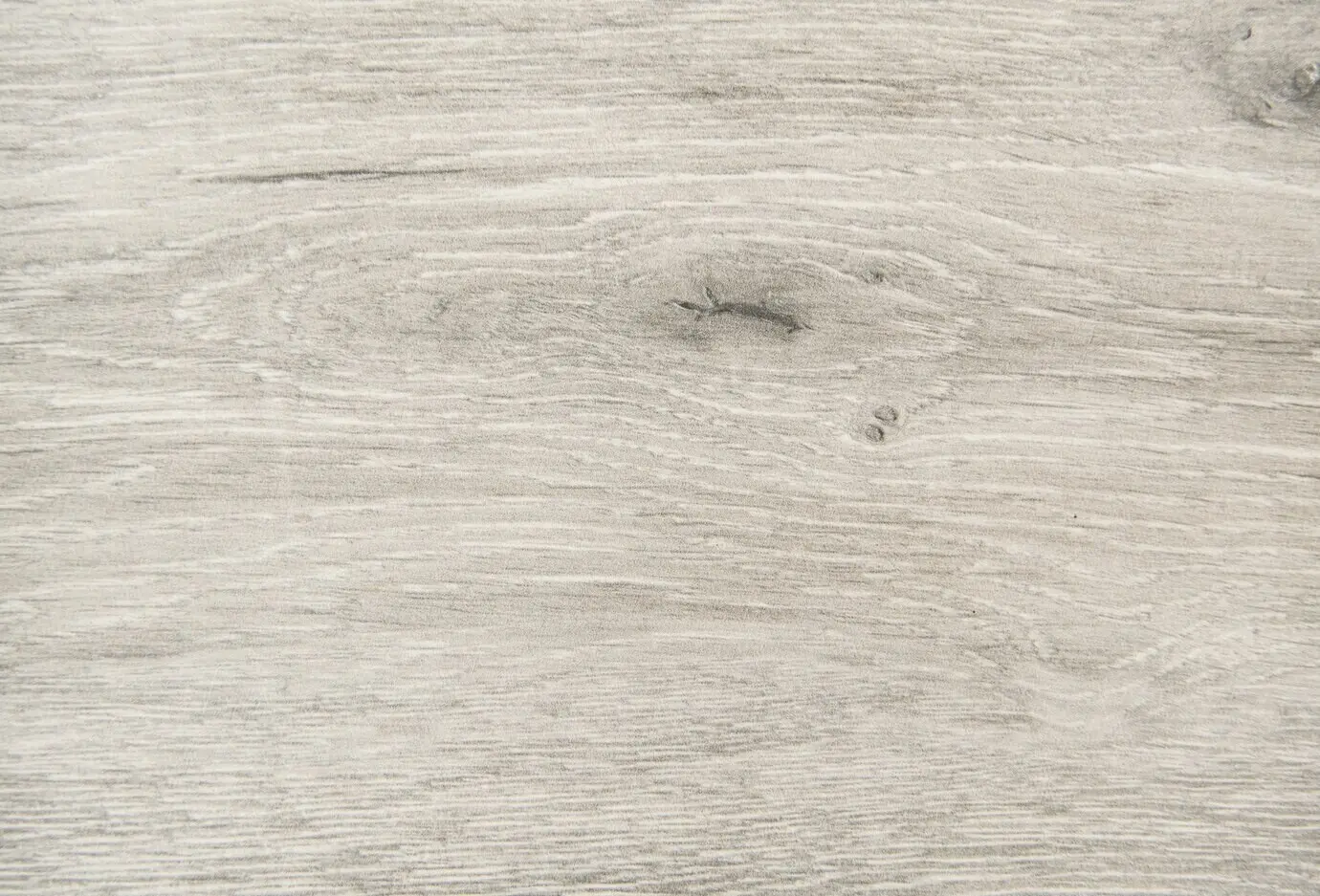
Lift the Tile in Controlled Pieces
Drill a relief hole or score an X to weaken the tile center, then chisel inward, breaking it into manageable fragments under control. Work from the center outward, never levering against a good neighbor. Sweep shards as you go, use knee protection, and pause frequently to reassess your approach. The calm, methodical pace protects your hands, finishes, and sanity, even when surprises appear.
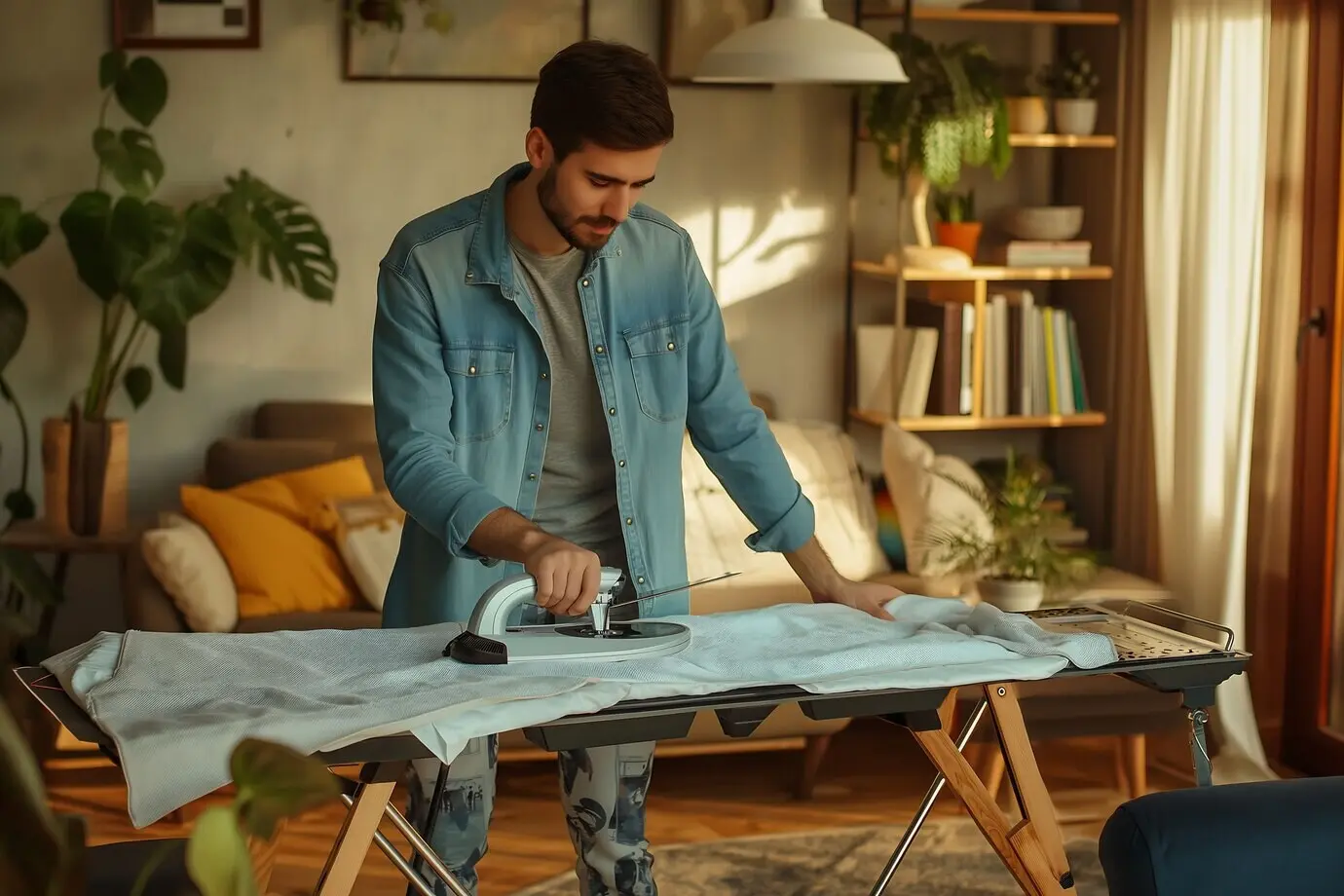
Clean the Bed and Check the Substrate
Scrape thinset ridges flat, vacuum dust thoroughly, and test for bonded residue with the chisel edge. If the bed delaminated, identify why: moisture, movement, or incompatible mortar. Fill low spots with patch compound, sand high edges, and dry‑fit the new tile thoughtfully. A uniform, clean base ensures full support, proper coverage, and long‑term durability under everyday foot traffic and rolling loads.
Set New Tiles with Precision
Grout Like It Was Always There

Choose the Right Grout and Color‑Match
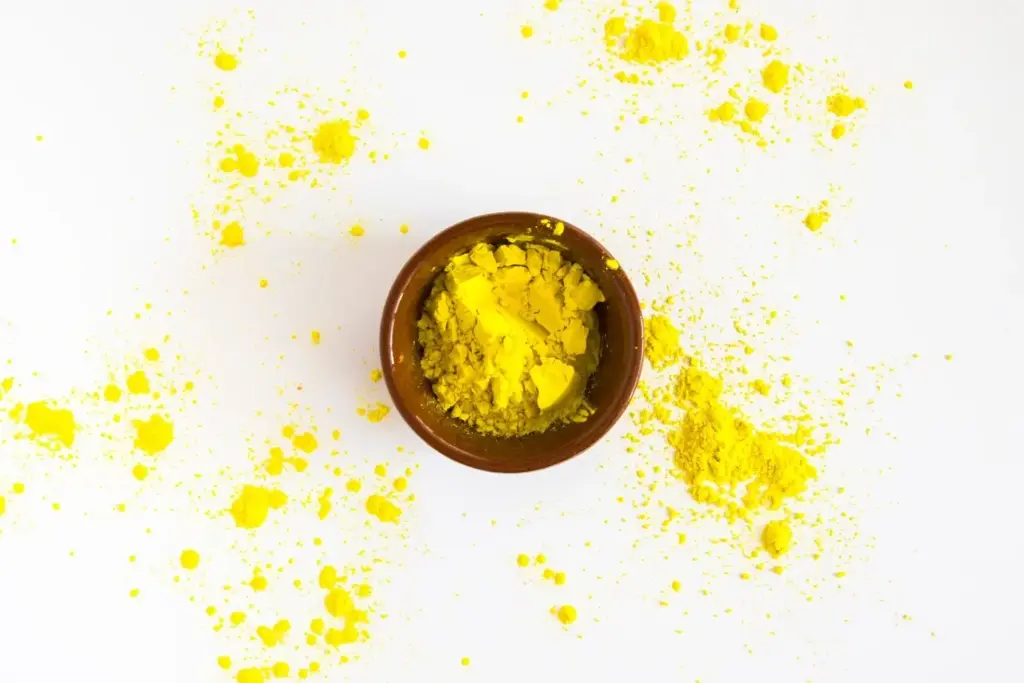
Pack, Shape, and Tool Joints
Seal, Caulk, and Protect

Choose and Apply a Reliable Sealer

Use Flexible Caulk Where Movement Lives
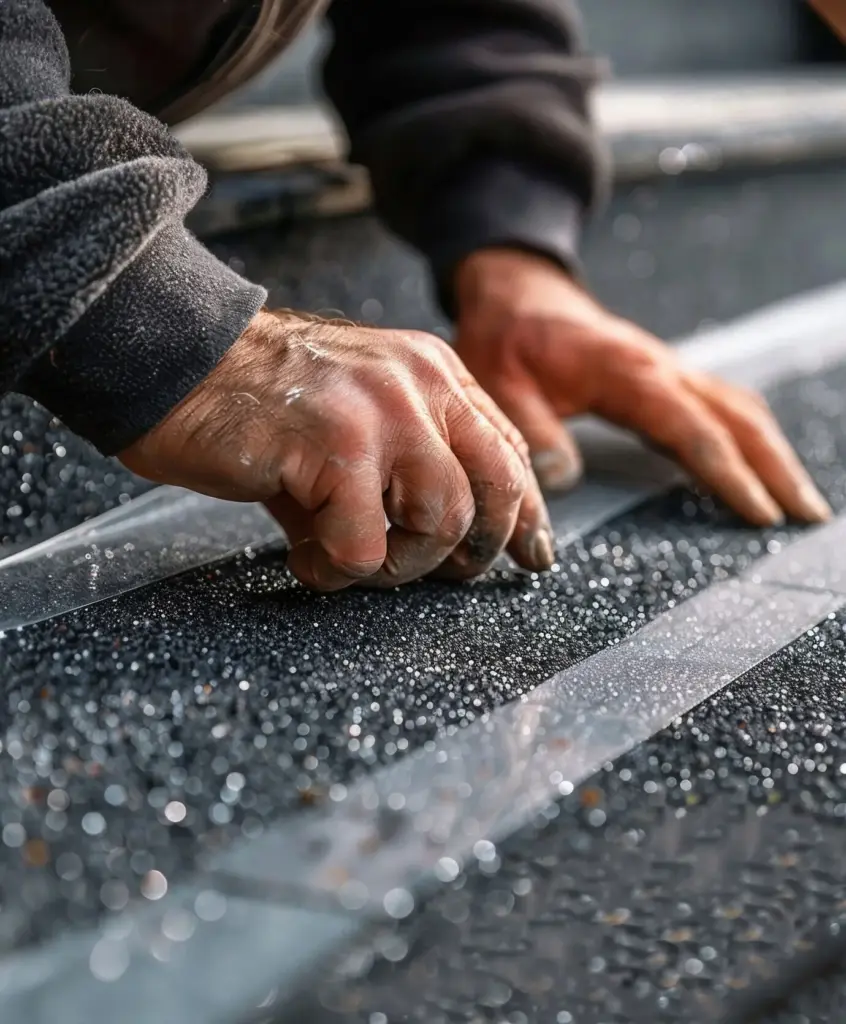
Respect Cure Times and Reintroduce Traffic
Troubleshoot and Maintain for the Long Haul

Fix Common Issues Before They Spread
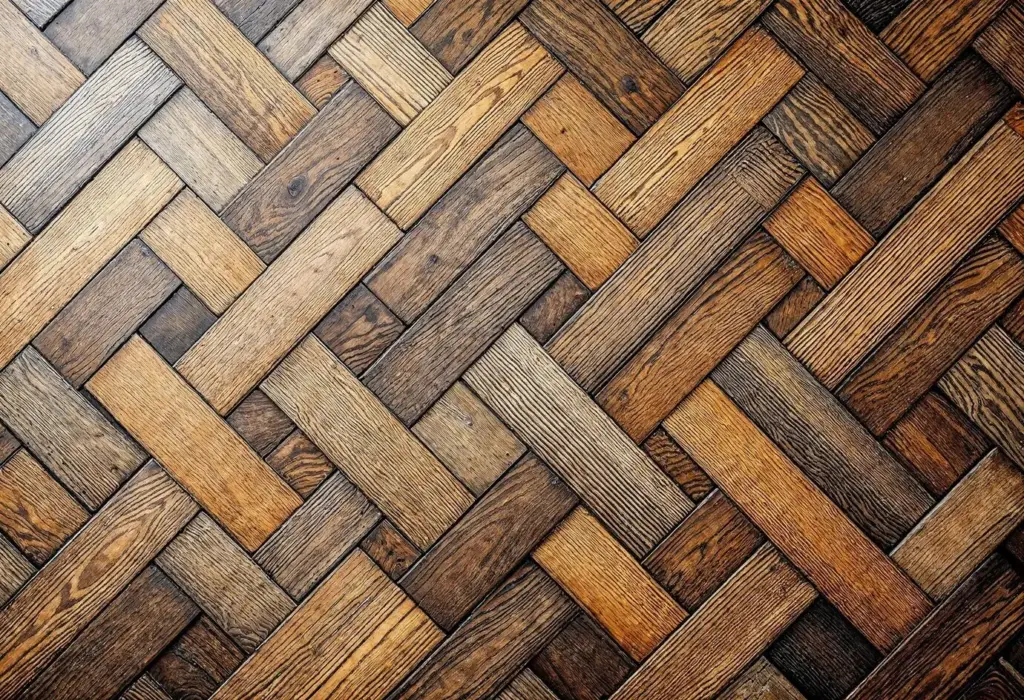
Clean, Refresh, and Preserve Appearance
All Rights Reserved.